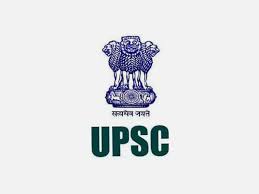
According to a UNESCO report released, about 40% of low- and lower-middle-income countries have not supported learners at risk of exclusion during this crisis, such as the poor, linguistic minorities and learners with disabilities.
Daily Current Affairs Quiz 2020
Key-Points
During the height of school closures in April 2020, almost 91% of students around the world were out of school.
Education systems during the pandemic responded with distance learning solutions, all of which offered less or more imperfect substitutes for classroom instruction.
While many poorer countries opted for radio and television lessons, 55% of low-income, 73% of lower-middle-income and 93% of upper-middle-income countries adopted for online learning platforms for primary and secondary education. India has used a mix of all three systems for educational continuity.
Not all students and teachers have access to adequate internet connection, equipment, skills and working conditions to take advantage of available platforms.
According to the report, 17% of low and middle-income countries are planning to recruit more teachers, 22% to increase class time, and 68% to introduce remedial classes when schools reopen.
However, how such classes are planned and targeted will be critical to whether disadvantaged students can catch up.





